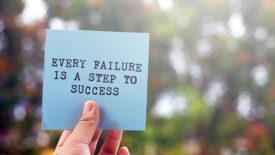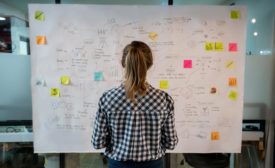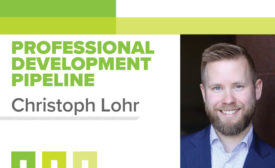Christoph Lohr
STRATEGIC PLUMBING INSIGHTS
Unintended consequences
Read More
Christoph Lohr: Water in health care facilities
The public health and economic nexus.
May 9, 2022
Ray Wohlfarth: The importance of safety in mechanical rooms
Common hazards seen inside of mechanical rooms.
December 9, 2021
Dan Holohan: Marbles and ghosts
Visual thinking is key to understanding hydronic systems.
December 8, 2021
Christoph Lohr: Strategy in design: The Col. John Boyd story
An excellent example of going against conventional wisdom.
November 8, 2021
Christoph Lohr: Designing the Design Firm: The Engineering Firm CSO
Part 2 in the design strategy series.
October 6, 2021
Designing strategy: Why your company needs a CSO
Part 1 in a new series.
September 8, 2021
Christoph Lohr: Trend watch: Professional development predictions
Trends and opportunities to watch in the coming year and beyond.
July 7, 2021
Christoph Lohr: Self investment — the critical step
Knowledge is out there, you just need to harness it.
June 7, 2021
Get our new eMagazine delivered to your inbox every month.
Stay in the know on the latest plumbing, piping, hydronic and fire protection trends.
SUBSCRIBE TODAYCopyright ©2024. All Rights Reserved BNP Media.
Design, CMS, Hosting & Web Development :: ePublishing











